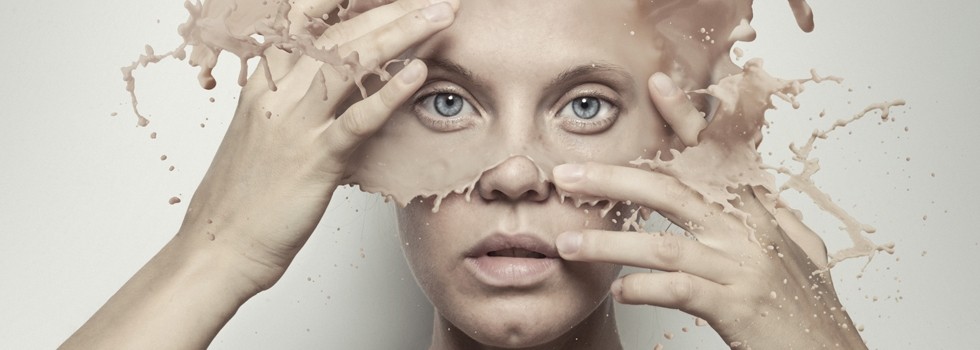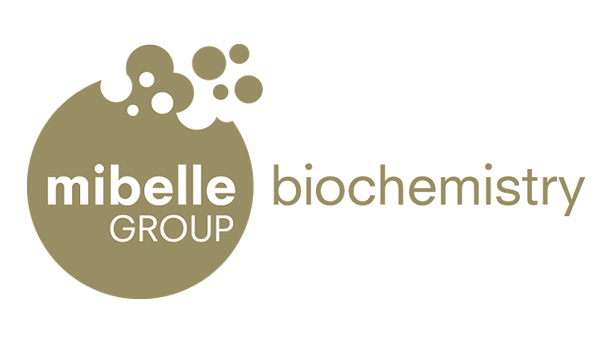Promotional Features
Chios mastic – a precious natural remedy – to treat impure skin and large pores
Oily and impure skin is a problem that not only teenagers have to face. Many adults still suffer from skin impurities and large pores. Chios mastic was found to improve oily skin, large pores and acne.
Pistacia lentiscus is a tree from the cashew family, growing in dry areas of Mediterranean Europe. Its resin, called mastic, is only harvested from the southern part of the Greek island of Chios. Mastic is an oleoresin, a mix of essential oils and resin, which are in turn mainly composed of monoterpenes and triterpenes, respectively. Particular environmental factors in Chios, such as soil and climate, led to Pistacia lentiscus var. chia trees that are able to produce more resin than trees growing elsewhere. For harvesting, the resin is produced in an environmentally friendly way by scratching the surface of the trunk and main branches, which leads to teardrop-shaped secretion of mastic, fittingly called “tears of Chios” in Greece. Once solidified, the resin can be washed and collected. The UNESCO has recognized the tradition and know-how of cultivating mastic in a sustainable way by adding it to its “List of Intangible Cultural Heritage” in 2014. Since ancient times, mastic has been used for a plethora of medical applications such as chewing gum with antiplaque effects, against digestive disorders, bronchitis, snakebite and skin lesions due to its antiseptic qualities. It was in great demand and therefore worth its weight in gold. In modern times, studies confirmed the antibacterial and anti-inflammatory properties of Pistacia lentiscus resin as well as unveiled its antioxidant and anti-cancer capacities.
Large pores and skin impurities are caused by high sebum production
One main cause of skin impurities is the overproduction of sebum by sebocytes of sebaceous glands situated in the hair follicles, which leads to a general oily appearance of the skin. Furthermore, high sebum production levels are associated with increased pore size. Obstruction of the sebaceous duct due to high sebum levels and hyperkeratinization leads to comedo formation, which can result in a blackhead if the sebum plug is oxidized or a whitehead/microcyst if the whole canal is closed off by skin cells. Such a blockage can trap bacteria inside the duct, which are able to multiply by feeding off the excess sebum. These bacteria can cause inflammation and may lead to pustules and lesions. Greasy skin, comedones and enlarged pores all contribute to an impure appearance of the skin and share excess sebum production as a common cause.
Sebum production is controlled by the hormone dihydrotestosterone
So what causes increased sebum production in the first place? The main regulator of sebum formation in the sebaceous gland is the hormone dihydrotestosterone (DHT), which is formed through the irreversible reduction of testosterone by the enzyme 5α-reductase type I. DHT binds to the same androgen receptor as testosterone but it possesses an up to ten times higher receptor binding affinity and potency for transcriptional activation of target genes that lead to sebocyte differentiation and sebum production. Therefore, preventing DHT generation by inhibiting 5α-reductase type I results in reduced sebum production and clearer skin.
Preparation of mastic extracts to treat impure skin
To render the water-insoluble mastic useable for skin care application, it was homogenized in glycerine, alcohol and lecithin. In this manner, mastic was stabilized in liposomes. For an alcohol-free version, the mastic resin was first dissolved in an oil phase and then homogenized into a water phase using hydrogenated lecithin.
Mastic liposomes are strong inhibitors of 5α-reductase type I
To assess a possible direct inhibitory effect of mastic liposomes on 5α-reductase type I, a cell-free assay system was used. As expected, 5α-reductase type I was enzymatically active and catalyzed androstenedione reduction. However, when different amounts of mastic liposomes were added, this inhibited 5α-reductase type I activity in a concentration-dependent manner. Furthermore, the half maximal inhibitory concentration (IC50) was determined in this assay, which represents the concentration that is required for 50% enzymatic activity inhibition in vitro. Mastic liposomes possess an IC50 value of 274 μg/ml.
Use of mastic liposomes to reduce pore size, shininess and acne lesions
Since mastic liposomes were able to inhibit 5α-reductase type I, the enzyme responsible for DHT formation, it would suggest that application of mastic liposomes in vivo would lead to decreased sebum production. A reduction of sebum could in turn decrease the occurrence of comedones and minimize pore size. Treatment of the skin with a cream containing 2% mastic liposomes led to a significant pore refinement of more than 8% after 14 days and almost 15% after 28 days. A refining effect was observed in 95% of volunteers. Pore size was significantly reduced by more than 6% compared to initial conditions. A reduction of total pore area was observed in 75% of the volunteers.
Having established the pore size reduction effect of mastic, a second double-blind clinical study was carried out to specifically investigate how this resin affects comedo formation and shininess of the skin. A strong decrease of blackheads and microcysts compared to initial conditions was observed for volunteers using mastic liposomes, with a reduction of almost 40% and almost 30%, respectively. Additionally, 32% of the volunteers treated with mastic compared to placebo exhibited a visible reduction in shininess. The mattifying effect of mastic liposomes was also confirmed by self-evaluation of the volunteers, where 95% found their skin less oily and noticed a general improvement of their skin quality. Furthermore, the macrophotographs also revealed a mattifying and pore refining effect.
Use of a mastic nanoemulsion to treat signs of oily skin
With the mastic nanoemulsion a new clinical study on oily Asian skin was performed in Seoul, South Korea. A cream containing 2% mastic nanoemulsion was applied over 2 weeks. Compared to the placebo treatment there was a significant reduction in pore number and size already after one week of treatment with the mastic cream. A special LED camera was used to analyze skin topography. The images nicely reflect the measured values. Sebum measurements on the cheeks showed a significant placebo-controlled reduction already after one week and more pronounced after two weeks. Although there was less sebum produced, skin hydration was significantly improved.







